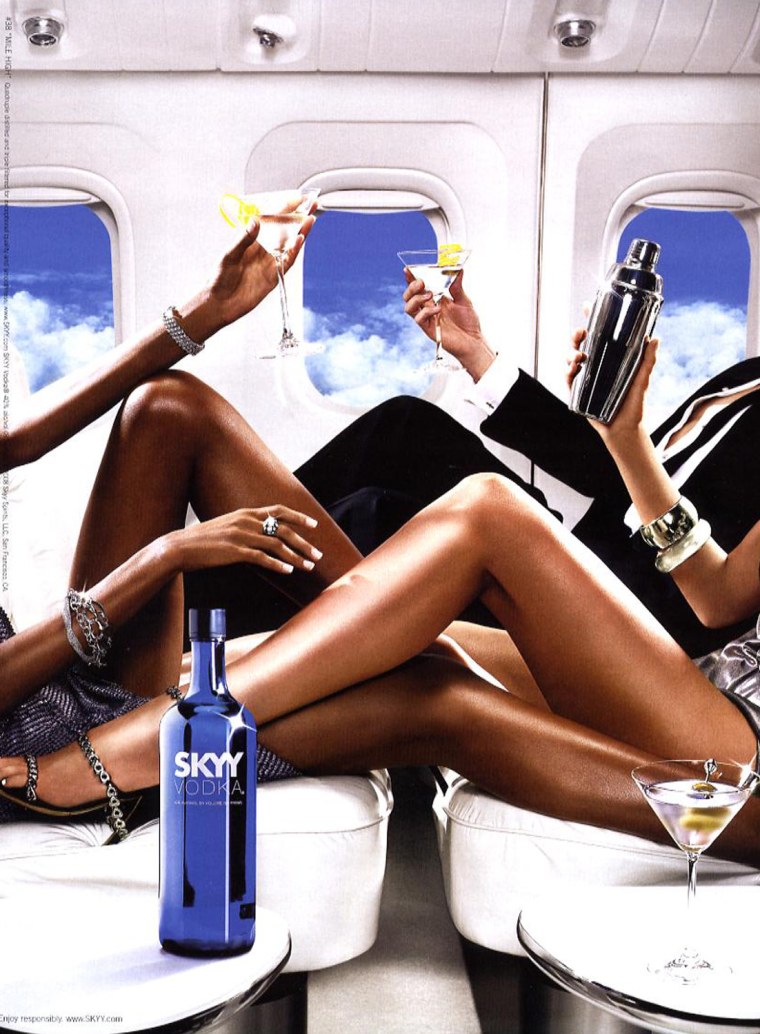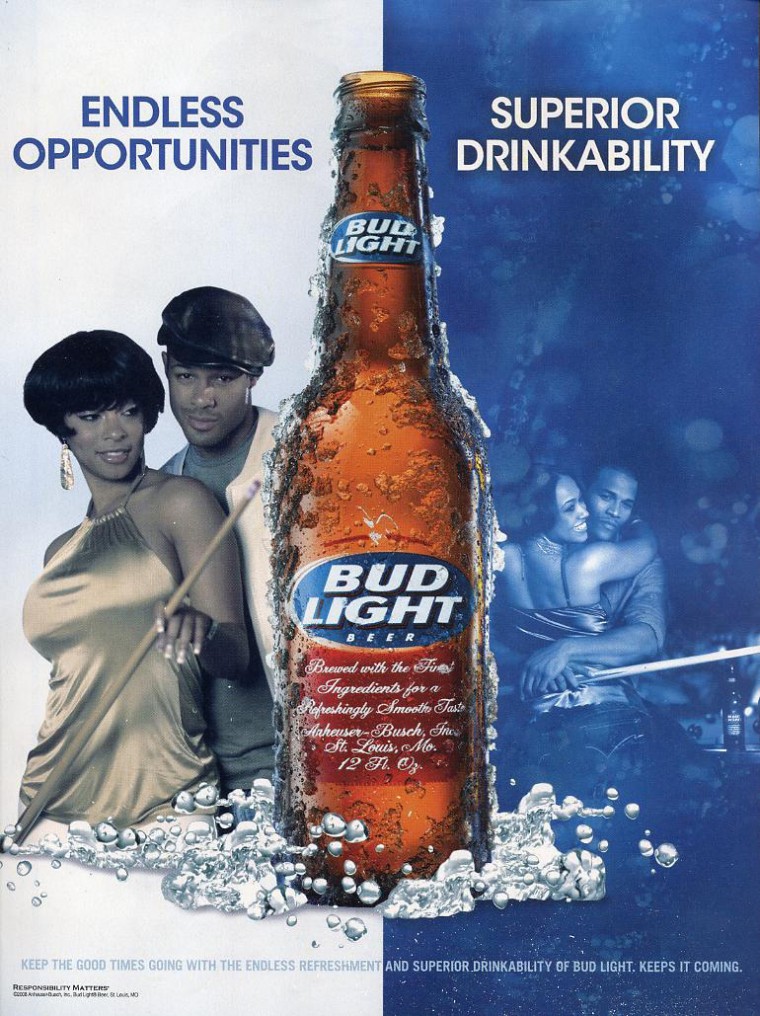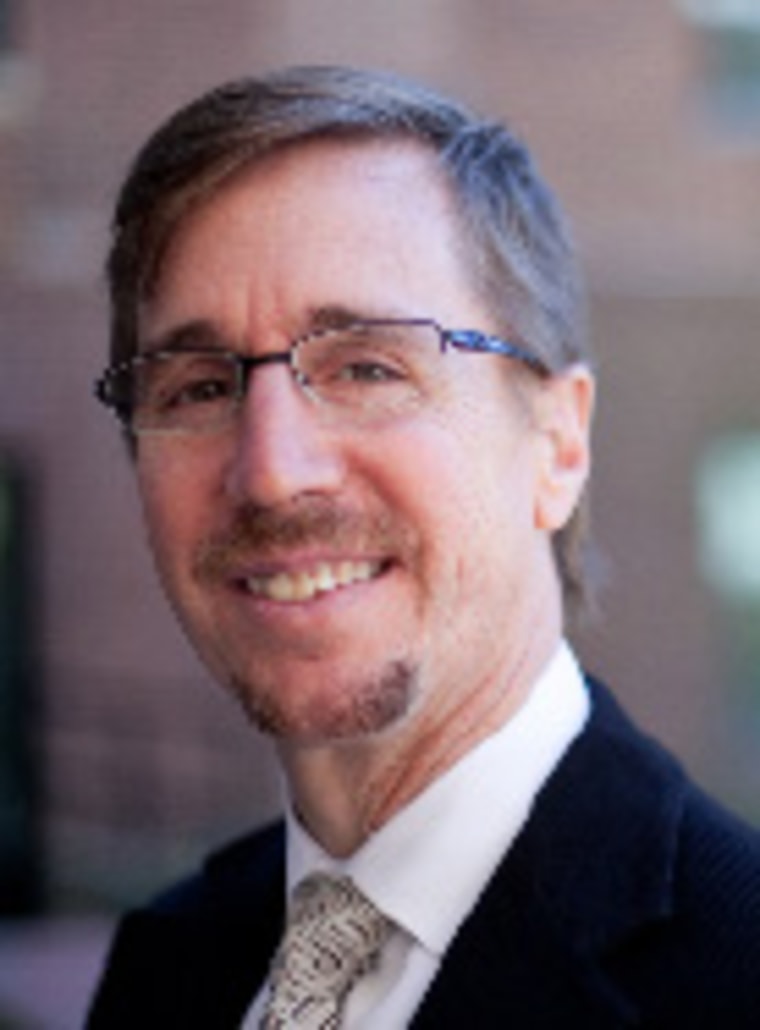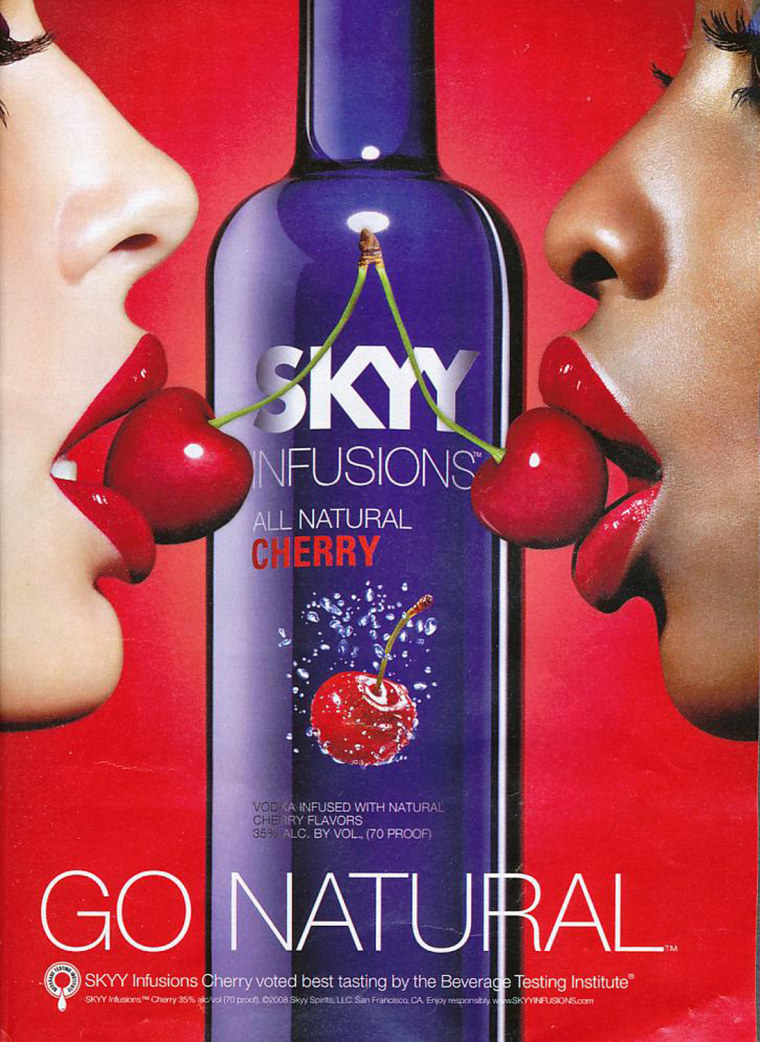
African American youth culture is steeped in alcohol. References to booze have long been rife in rap music, and Jay Z, Sean “P. Diddy” Combs and Ludacris are among the hip-hop luminaries who have promoted alcohol.
A new study puts some fresh data behind long-standing concerns about alcohol marketing to black kids. Young African Americans ages 12 to 20 see far more alcohol ads on television and in magazines than youths in general, according to the report published Thursday by the Center on Alcohol Marketing and Youth at the Johns Hopkins Bloomberg School of Public Health.
Researchers said two key factors are at play: Many alcohol ads specifically target African Americans and African American youth consume more media than youth overall. For example, African American youths watched 53 percent more television than youths in general in 2010, according to Nielsen data cited in the study.
Frank Coleman, senior vice president of the Distilled Spirits Council of the United States, a leading trade group, said he hadn’t seen the study and couldn’t comment on it. But he said the industry does not target youth. “The beer, wine and spirits industry (is) totally opposed to underage drinking and spends millions of dollars a year fighting it,” Coleman said.

Despite the study findings, young blacks drink less than youths of other racial and ethnic groups. Researchers say this may be linked to factors such as poverty, social norms and religion that temper some of advertising’s impacts.
But African Americans who drink seem to suffer more serious consequences, said David Jernigan, director of the Center on Alcohol Marketing and Youth, perhaps because they tend to have less access to health care and substance abuse treatment, live in poorer neighborhoods and are incarcerated more frequently.
Alcohol consumption is linked to three leading causes of death among young African Americans – homicide, suicide and accidental injury. “There’s rationale for being extra careful,” said Jernigan, whose group receives funds from the Centers for Disease Control and Prevention and has put out dozens of reports on alcohol marketing to youths over the last decade.
Coleman said the Center on Alcohol Marketing and Youth’s research on the topic is flawed. It “has repeatedly issued press releases saying the industry’s advertising is increasingly targeting youth,” he said, even as statistics show that underage drinking is declining.
He pointed to a recent federal government survey showing that teenage drinking fell to a historic low in 2011, when 25.1 percent of 12 to 20-year olds reported using alcohol in the past month.

Jernigan’s study, however, stops short of claiming that advertisers are targeting black youth. “I can’t call it targeting because targeting implies intent and I can’t prove intent,” Jernigan said.
Marketers’ messages are increasingly reinforced by hip-hop culture, researchers at the University of California, Berkeley, reported last year. An analysis of rap lyrics showed 64 percent of the most popular songs released from 2002 to 2005 referenced alcohol. This marked a steep rise; an earlier analysis of rap songs from 1994 to 1997 showed 44 percent contained alcohol references.
Booze ads are also common in magazines read by black Americans, said Lorreen Pryor, president of the Black Youth Leadership Project in Sacramento, Calif. “You keep flipping the pages and the (alcohol ads) are back to back.”
The study comes amid efforts to ban alcohol advertising on public property in some cities. A Los Angeles coalition has asked the City Council to ban alcohol ads on property such as bus shelters; last year, the company that manages the city’s bus benches agreed to not sell alcohol ads. Boston recently stopped advertising booze on public transit and advocates hope to extend the ban in other public areas. Minority youth frequently use public transportation and this would help shield them from alcohol ads, said Bruce Lee Livingston, executive director of Alcohol Justice, an industry watchdog.
The new study suggests marketers are falling short on limiting youth exposure to alcohol ads. Young blacks saw 32 percent more booze ads in magazines and 17 percent more on television than youth overall in 2009, researchers found. While African American youth were exposed 26 percent fewer radio ads for alcohol than youth in general, they heard 32 percent more radio ads for hard liquor.

In magazines, African American youth were 92 percent more likely to see ads for “alcopops” -- cheap, sweet, fizzy alcohol drinks that are of particular concern to advocates because they appeal to youth.
Alcohol advertising in magazines, overall, declined by nearly 20 percent between 2003 and 2008, researchers found, likely due to a general decline in magazine advertising.
In contrast, cable television has seen a “major ramp up” in alcohol ads – particularly for hard liquor, Jernigan said. The four largest television networks -- ABC, CBS, Fox and NBC -- do not advertise distilled alcohol. But African American youth saw 20 percent more ads for hard liquor than youth overall. “TV is going in the wrong direction,” Jernigan said.
Members of the beer, wine and distilled spirits trade associations have agreed to avoid placing ads during TV programs with audiences made up of 28.4 percent or more people under age 21. Still, advocates say these voluntary standards are poorly enforced. “The self regulation pledge has not worked,” said Alcohol Justice’s Livingston, who would like to see government regulations.
While advertisers often say they can’t keep youth from seeing messages that are intended for adults, Jernigan isn’t buying it: “The industry knows quite precisely what they are doing.”
FairWarning is a nonprofit, online investigative news organization focused on safety and health issues.
More from Open Channel:
- Judge rejects ex-Penn State officials' bid to dismiss perjury charges
- How prosecutorial turf wars complicated money-laundering probe of bank
- Blind sheik terrorist will stay in US prison, White House says
- The real vote-fraud opportunity has arrived: casting your ballot by mail
- Solar panel startup to get $197 million from Uncle Sam
- Washington Post debunks claim that Obama skips security briefings
- Trillion-gallon loophole: lax rules for drillers who inject pollutants into Earth
- Officials see Iran, not outrage over film, behind cyber attacks on banks
- Investigation finds no evidence AG Holder knew of 'Fast and Furious' sting
Follow Open Channel from NBCNews.com on Twitter and Facebook